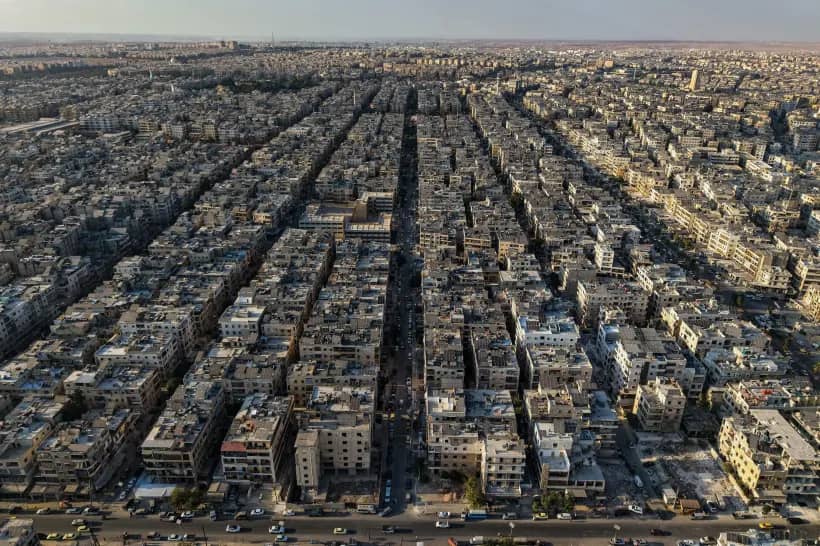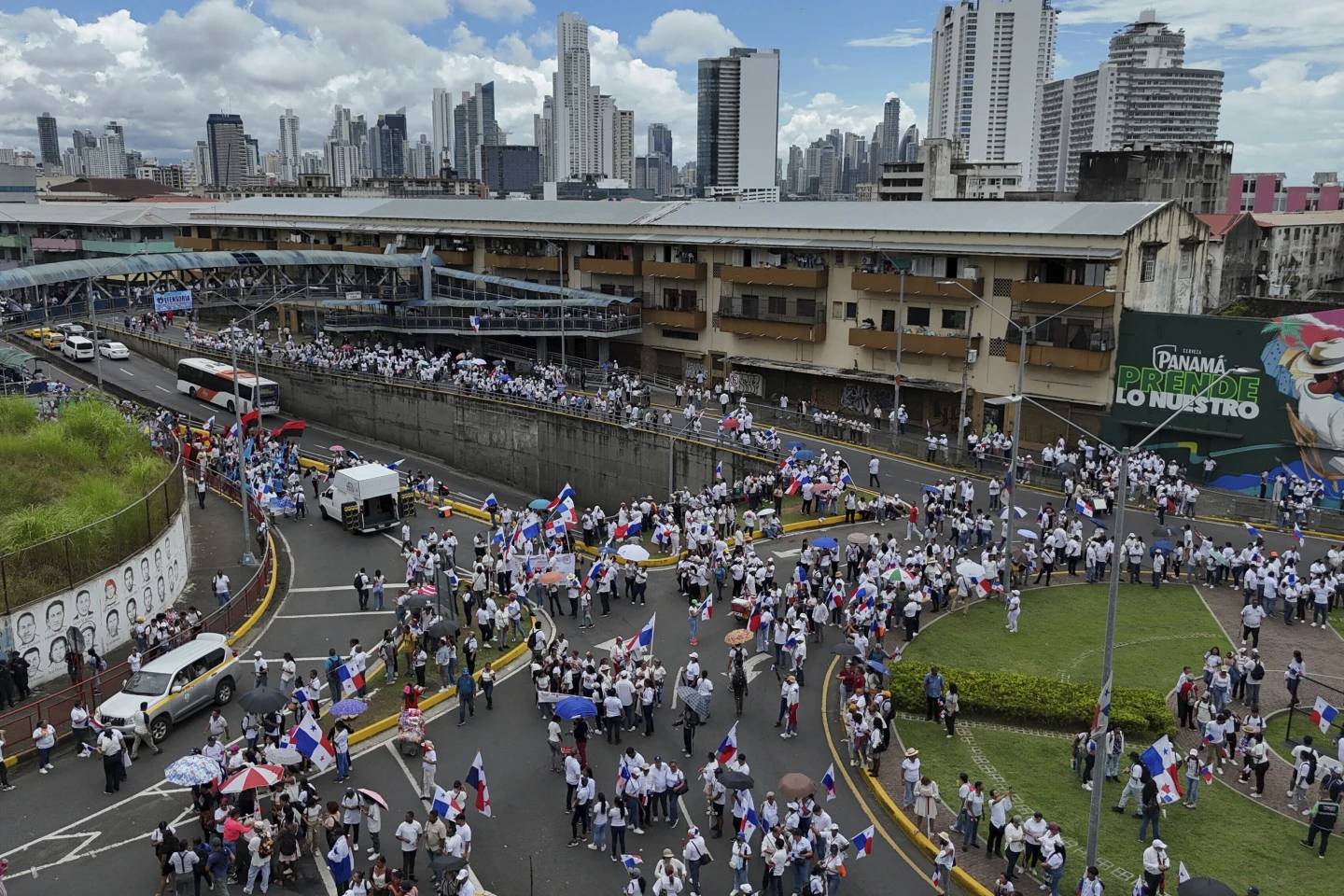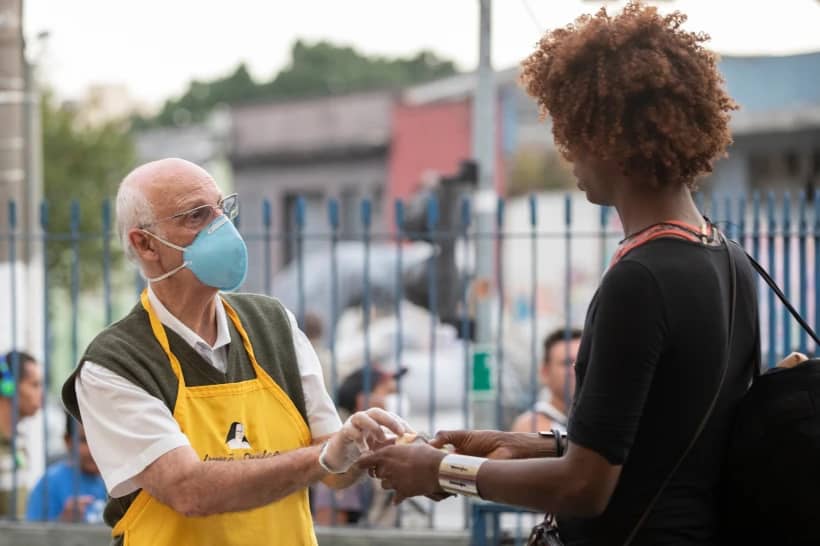ROSARIO, Argentina – According to the latest report from the Multimedia Catholic Center, 81 priests and religious have died in Mexico after contracting the COVID-19 coronavirus since March.
The number includes 70 priests, six deacons and five religious, most of whom were from the archdioceses of San Luis Potosi, Morelia and Puebla.
Most of the priests who died were actively working in parishes and churches across the country, with ages ranging from 39 to 85.
On Aug. 6, the Multimedia Catholic Center recorded the day with the highest number of priests dying from the coronavirus, with five deaths in 24 hours.
Among other things, the center tracks the number of church workers murdered each year, a ranking often headed by either Mexico or Colombia: Countries where priests, deacons, religious and catechists are often targeted by organized crime.
According to the coronavirus tracker from Google News, there have been 522,000 confirmed cases of COVID-19 in Mexico up to Aug. 17, with a death toll of 56,757. This makes the country the third most affected in Latin America, coming in after Brazil – with the world’s second highest number of positive cases after the United States – and Peru.
RELATED: Church in Latin America keeps faith alive during coronavirus lockdown
In recent weeks, churches have started to reopen in Mexico. However, there aren’t any nation-wide protocols in place, with regulations based in individual Mexican states and the pandemic “color” they have declared: Mexico has created a traffic-light system, in which “green” states lead a somewhat normal life and those in red have live under the most restrictions, although there are some things every state has in common, such as schools and universities being closed for the foreseeable future.
According to Bishop Salvador González Morales, one of the auxiliary bishops of Mexico City, “time will judge” how each person behaved during the pandemic, and the media will have an important role in telling how each actor behaved during this “painful” experience.
“I speak in future tense because only time will clarify the bombardment of information that today haunts us and will help us to better measure what we are living now,” he said in his Saturday homily, on the feast of the Assumption of Mary.
“Let us leave to history the trial in which the performance of each and every one will be assessed from the sphere of responsibility,” the bishop added.
Churches have been open in the Mexican capital since the last Sunday of July, although local safety protocols limit to attendance to 20 percent of capacity.
RELATED: Nicaraguan government defies Church on celebration of religious festival
“In the chronicles of the 2020 pandemic, the numbers of sick and deceased will be presented in full color thanks to image technology, not precisely because we want to speak of the truth, but because that information will be a political weapon for the endless war of interests and power of one against the other,” González said.
“In a few years, looking back, we will be able to realize more objectively all that humanity has experienced in recent months; and even more, we will be able to assess whether this painful experience has been worth anything,” said González, noting that the successes and good things that all this have left will be remembered in a “generalized way.”
“Although this will not be a reflection of the reality of the pandemic, since behind every story of sadness and pain, there will always be the people … Let history make its judgment … in the meantime, let’s not fall into the temptation of fabricating non-existent futures, as they neglect us of our present reality,” the bishop said.
González also noted that the cathedral of Mexico City is dedicated to the Assumption of Mary, saying that the annual celebration of the Mystery of the Assumption of the Mother of God “puts us in the right coordinates regarding how to interpret our present… this building risks becoming a museum piece or, better yet, is a museum that attracts the curious and tourists or those who love art and history, instead of being what it is: The home of Mary.”
Follow Inés San Martín on Twitter: @inesanma














